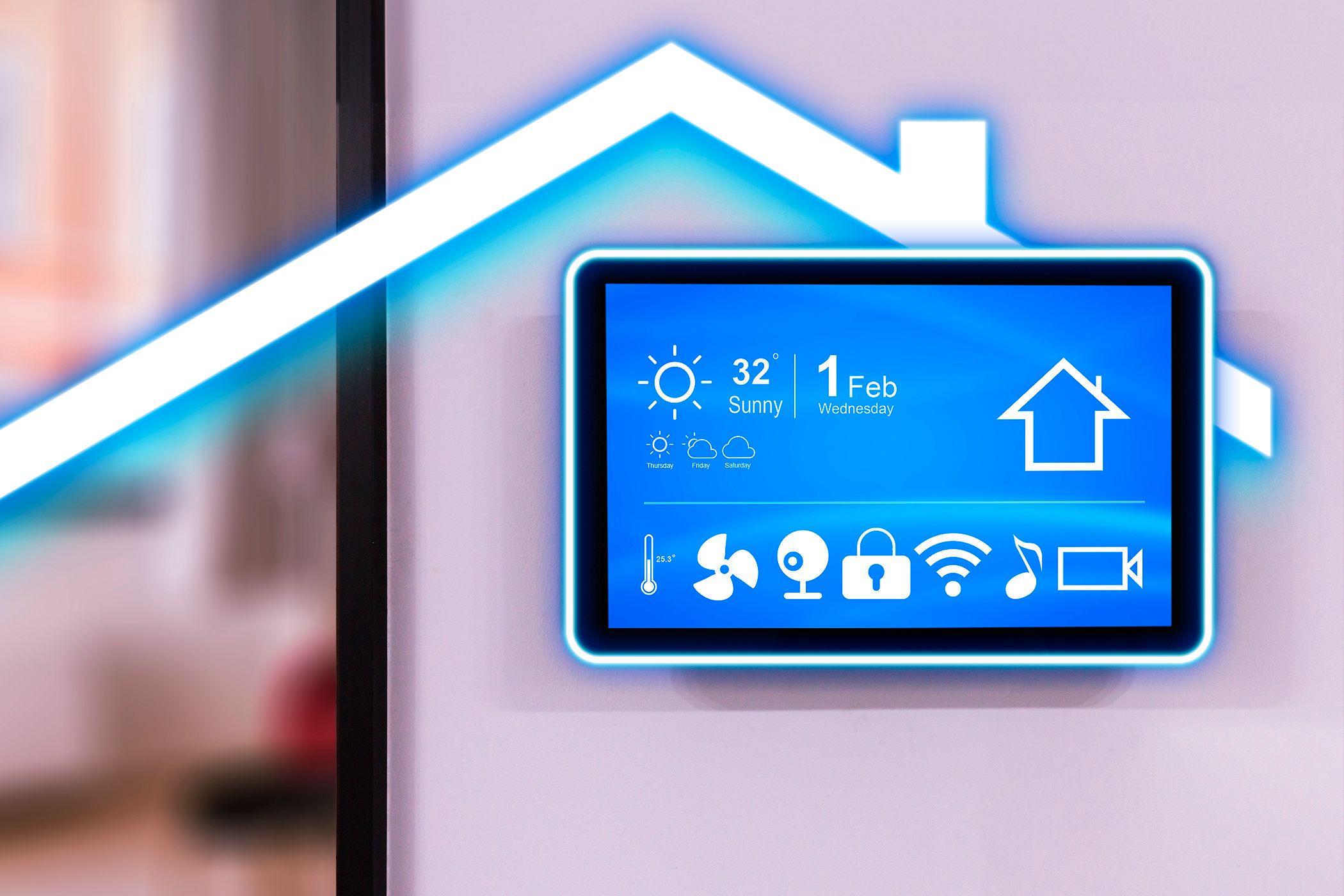Don’t Make These Mistakes When Setting Up Your Smart Home
Key Takeaways
- Avoid falling into the YouTube rabbit hole for smart home setup advice.
- Do not automate everything all at once to avoid unnecessary frustration.
- Buying cheap tech means you’ll likely pay more in the future when it fails.
It’s probably surprising to learn I’ve made almost every smart home setup mistake imaginable—especially since my job is writing about smart home tech. Truth is, though, if given the opportunity to advise a younger version of myself on what not to do when setting up my smart home, these are the most important mistakes I’d want to steer clear of.
1 Falling Down the YouTube Rabbit Hole
Arguably, the biggest mistake I made when first building my smart home involved the beloved YouTube rabbit hole. YouTube can be a great resource for getting your bearings if you’re new to the smart home space. However, it’s so dense with information, that determining which info is valuable is often difficult.
Personally, I spent hours watching videos and agonizing over minutiae like how to create the perfect automations, which smart plug was best, and whether Apple Home was better than Amazon Alexa.
In doing so, however, I found that the more information I consumed, the more exhausting and overwhelming my smart home project became. Dr. Liraz Margalit, a Customer Experience Psychologist, suggests that this phenomenon is common among consumers. In an article published by Psychology Today, Margalit states, “Exposure to too much information and data forces customers to invest cognitive resources that they weren’t planning on investing.”
In other words, going down the smart home rabbit hole will sometimes do more harm than good. So, while it is smart to research smart home products before you fork over your hard-earned cash, you’ll want to be cautious of going overboard.
2 Automating Everything All at Once
The second largest faux pas I committed when building my smart home was becoming absolutely unhinged when it came to setting up automations. Instead of being smart and automating tasks based on my lifestyle, I just found a bunch of automations on places like Reddit and incorporated them without considering whether they’d be useful to me.
This lunacy on my part created a mess of automation behaviors that I had not only wasted time setting up, but that I had to waste even more time untangling when I realized they weren’t a good fit. I also hadn’t considered that not every gadget needs to be a smart device. Because I had added so many automations, I found it necessary to just delete them all and start over from scratch.
In doing so, I learned that automating is a process that should be done slowly and after careful evaluation of your day-to-day behaviors. The best practice is to keep track of your daily routine for a few weeks first and then use that data to plan your smart home automations around your lifestyle. It’ll save a lot of frustration.
3 Buying First-Gen Devices
One of the hardest lessons I had to learn in my smart home quest was to not go off the rails when it came to shiny new first-gen technology. It’s easy to jump on the bandwagon when a product makes big promises, but when things go sour, you’ll be kicking yourself for doing so.
My first-hand experience here had to do with a new iteration of a smart robot vacuum. This vacuum not only swept but also mopped, and it looked extremely promising on paper. The issue was that this new feature addition made the smart vacuum quite a bit more expensive than its competitors. But the competition eventually caught up.
In that time, another manufacturer with a better reputation started building a vacuum that was not only more adept at both sweeping and mopping, but the company’s offering cost quite a bit less than the vacuum I had purchased—like several hundred dollars less. These days, the vacuum I purchased isn’t around anymore, which also makes finding parts next to impossible. The better and less expensive alternative, on the other hand, is still going strong.
4 Being Impatient
I know, I know, building a smart home is a fun way to use technology to automate some of the more tedious tasks in your life. And you’re probably excited about getting started. But before you do, there is one mistake you absolutely don’t want to make and that is being impatient.
Whether it’s buying a lot of smart home stuff all at once, being an early adopter, or prematurely committing to a product that is close to the end of its life cycle, impatience can be costly.
When I first started this hobby, I made the mistake of wanting my smart home to be built as quickly as possible. So, I did what a lot of folks do—instead of saving money and buying the best products I could, I went out and bought several cheap smart plugs and a boatload of no-name smart bulbs, figuring the cheap stuff was the same as the more expensive tech. Then, I watched as each of those cheap products failed over the next year or two and I was forced to replace them one-by-one.
I have since invested in some higher-dollar Lutron switches for many of the light fixtures in my home and I’ve started using Philip Hue bulbs as they tend to be higher quality in my experience. These smart devices have lasted for several years with problems.
Unfortunately, the money I spent on those initial smart bulbs and plugs went to waste. If I had been patient and done more research before getting excited and clicking “Add to Cart” then maybe I’d still have that money in the bank.
5 Buying Tech Just Because It’s on Sale
Buying tech just because it’s on sale is often a costly mistake. Known as “loss-leaders” in the retail industry, deeply discounted devices are sold—often at a loss—by brands looking to get you to buy more from them in the future.
Companies are also betting on the fact that most people tend to stick to products that are familiar. In fact, a 2013 study in the Journal of Consumer Research indicated that consumers tended to bias themselves toward brands they are familiar with. Moreover, that familiarity influenced their decision to purchase products from the same brands.
That’s why you can often get smart home tech on the cheap when Prime Day comes around. Because if a company can get you familiar with its product, then its marketing team knows you’re more likely to buy from the brand.
Additionally, there’s the problem of unused tech. If you’ve ever bought a smart device only to have it wind up in the junk drawer a few months later, then you know how frustrating that process can be. It feels like you wasted your money.
Overall, there are many different mistakes to avoid when outfitting your smart home. And while the five listed above aren’t the only pitfalls to avoid, they are some of the biggest. If you keep them in mind when planning your smart home, you’ll have a much better experience, and you’ll likely save yourself some frustration and some cash in the process.
link








